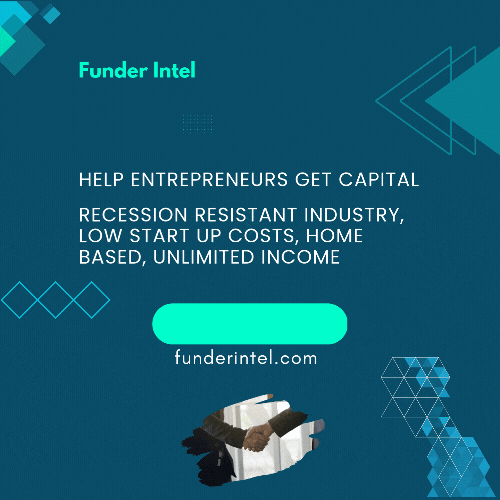KEY POINTS
Banks are tightening credit standards and that means less loan availability for Main Street business owners, who struggle to access credit in even booming economies.
Merchant cash advance, online business loans and credit cards are all funding options worth considering for a small business with growth prospects but cash issues.
Still, there are big risks in alternative lending models that need to be understood.
Read the article 👇
Under current banking and credit conditions, many small businesses are likely being bombarded with pitches for online loans and cash advances. Some of these offers, however, could lead the business down — or further down — the rabbit hole of debt.
Certainly, online lending platforms can make it easier for small businesses to obtain financing, and they serve a key need in a market that has long struggled to get the attention of traditional banks. The recent CNBC|Momentive Small Business Survey found owners saying they had lost confidence in banks as a result of the regional banking crisis, and even more to the point, almost half said it isn’t easy for them to access capital to operate. The debt ceiling fight has introduced another element of economic uncertainty that has small business owners on edge.
Compared with a bank loan, online loan providers typically require fewer hoops for borrowers to go through, more relaxed underwriting standards and a quicker turnaround. The challenge is finding a reputable provider, at a reasonable cost, and with terms that won’t undermine the business’s long-term prospects.
“Some people say you shouldn’t have a credit card, but it’s not the credit card. It’s how you use the credit card. The same is true with online financing,” said Nicole Davis, founder and principal of Butler-Davis Tax & Accounting LLC.
Here are five things small businesses need to know when considering an online financing offer:
Online loans
An online loan can be used to fund various business expenses. It’s generally easier to apply and qualify for than a traditional bank loan, and options may exist even if you have less-than-stellar credit. The loan amount can vary, with many ranging between $100,000 and $500,000. Some online loans are 12 months or less, but longer-term options may also be available. These loans generally carry higher interest rates than might be available from a traditional bank or the U.S. Small Business Administration, with annual percentage rates often in the range of 6% to 99%, according to a NerdWallet analysis. Terms are based on the owner’s credit profile, how long the business has been operating, its financials and the amount borrowed, said Travis Miskowitz, a partner in the CFO advisory services group at the accounting and advisory firm Wiss.
Pay attention to fees that could make the loan more costly, Miskowitz said. These could include an application fee, a good-standing fee to see whether the business is in compliance with local laws, and a credit check fee.
Many lenders may also require a personal guarantee, which can be debilitating in a default and can also impact the owner’s ability to qualify for a personal loan, such as a mortgage. A secured loan could be more advantageous because the rate will likely be lower and the lender might not require a personal guarantee, Miskowitz said.
Merchant cash advance
With a merchant cash advance, companies borrow money against their future sales and pay it back as these sales are generated, often over three to 18 months. A merchant cash advance can be particularly attractive when a small business needs cash fast, generally within a few days, said Alan Wink, managing director of Eisner Advisory Group. This type of funding can also be more accessible to owners with bad credit.
But there are caveats. Terms vary widely by provider and the cost of capital typically isn’t expressed as an APR, making it harder for businesses to understand. Funders charge their fees as a factor rate, generally 1.1 to 1.5, according to NerdWallet.
The advance amount multiplied by the factor rate is what needs to be paid back. But knowing that total doesn’t necessarily help the owner understand how expensive the cash advance is since owners are generally more familiar with APR. Doing a conversion can be useful for comparison purposes.
A cash advance can be quite costly — in the triple digits when expressed as an APR, according to NerdWallet.
Read full article:


